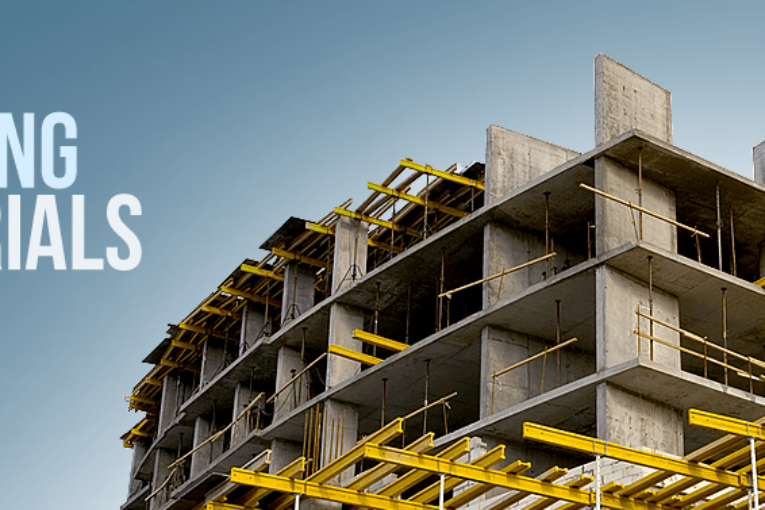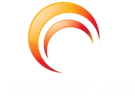
Introduction
Construction material is any material which is used for a construction purpose. Many naturally occurring substances, such as clay, sand, wood and rocks, even twigs and leaves have been used to construct building. Apart from naturally occurring materials, many man-made products are in use, some more and some less synthetic. This reference deals with habitats and structures including homes.
Types of Construction Materials
Stone
Stone has been used as a building material for thousands of years. It has long been recognized as a material of great durability and superior artistic quality, the foremost choice for buildings associated with status, power and religion. The pyramids in Giza, burial chambers in the UK and temples in Malta were all built from stone over 4000 years ago and are still standing. The use of stone in construction has declined over the last hundred years, but it remains an aristocrat of building materials.
Cement
Cement is made by heating limestone, with small quantities of other materials to 1450c in a kiln, in a process known as calcinations. The resulting hard substance, called ‘clinker’, is then ground with a small amount of gypsum into a power to make ‘Ordinary Portland Cement’, the most commonly used type of cement.
Mortar
Mortar is a workable paste used to bind construction blocks together and fill the gaps between them. Modern mortars are typically made from a mixture of sand, a binder such as cement or lime, and water. Mortar can also be used to fix, or point, masonry when the original mortar has washed away.
Concrete
Concrete is a composite construction material composed of cement and other Cementitious materials such as fly ash and slag cement, aggregate, water, and chemical admixtures.
Reinforced Concrete
For a concrete construction of any size, as concrete has a rather low tensile strength, it is generally strengthened using steel rods or bars. This strengthened concrete is then referred to as reinforced concrete. In order to minimize any air bubbles, that would weaken the structure, a vibrator is used to eliminate any air that has been entrained when the liquid concrete mix is poured around the ironwork.
Plaster
Plaster is a binder that we normally use for aesthetic purposes, to cover brick walls which have a rough surface.
Ceramic
Ceramic is the oldest artificial material. In the beginning, ceramic was used for ornamentation and pottery. Much later came the mass production of ‘bricks’ for construction purposes. Bricks have the advantage of being cheap and durable, and they require very little maintenance. They are the most common ceramic products. Other ceramic products are tiles, such as roofing tiles, wall tiles, and floor tiles. Wall and floor tiles are coated with porcelain which is much harder, it gives a soft surface and this makes tiles easier to clean.
Wood
Wood has been an important construction material since humans began building shelters, houses and boats. Nearly all boats were made out of wood until the late 19th century, and wood remains in common use today in boat construction. New domestic housing in many parts of the world today is commonly made from wood. Engineered wood products are becoming a bigger part of the construction industry. They may be used in both residential and commercial buildings as structural and aesthetic materials.
Metal
Metal is used as structural framework for larger buildings such as skyscrapers, or as an external surface covering. There are many types of metals used for building. Metal figures quite prominently in prefabricated structures such as the Quonset hut, and can be seen used in most cosmopolitan cities. It requires a great deal of human labor to produce metal, especially in the large amounts needed for the building industries.
Glass
Clear windows have been used since the invention of glass to cover small openings in a building. They provided humans with the ability to both let light into rooms while at the same time keeping inclement weather outside. Glass is generally made from mixtures of sand and silicates, in a very hot fire stove called a kiln and is very brittle.
Tools
Trowell, Hammer, Tape Measure, Cable Jack, Mallet, Shovel….
Machines
Articulated Trucks, Backhoe Loaders, Cold Planers, Compact Track and Multi Terrain Loaders, Compactors, Feller Bunchers, Forwarders, Front Shovels, Harvesters, Hydraulic Exacavators, Kunckleboom Loaders, Material Handlers, Motor Graders, Off-Highway Trucks, Paving Equipment, Pipelayers, Road Reclaimers, Skid Steer Loaders, Skidders, Telehandlers, Track Loaders, Track-type Tractors, Wheel Dozers, Wheel Exacvators.


